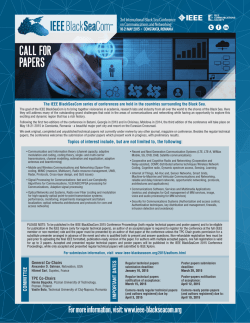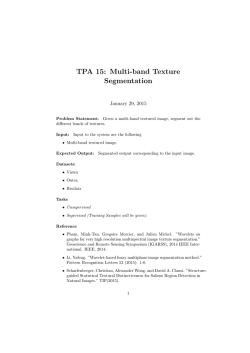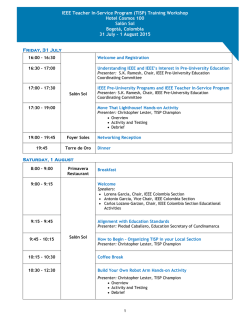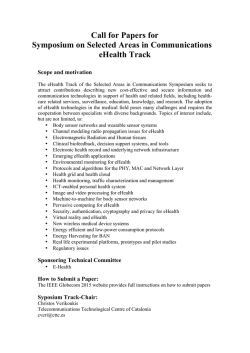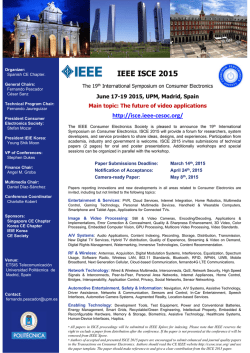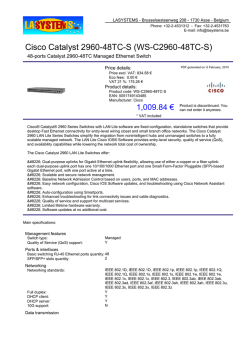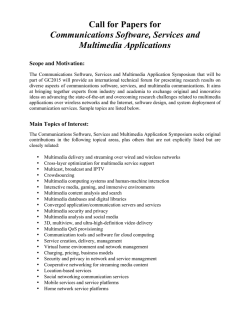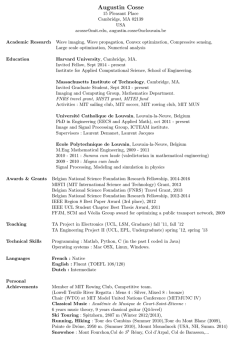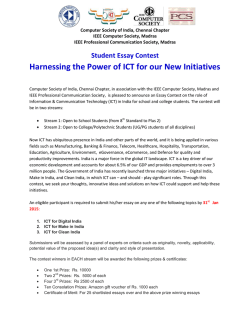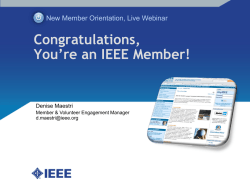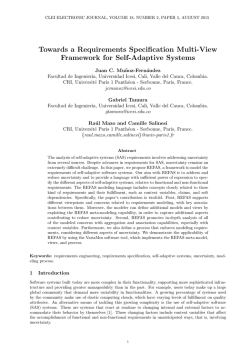
TPA 7: Towards Expression invariant Face Recognition
TPA 7: Towards Expression invariant Face Recognition January 29, 2015 Problem Statement: expressions. Input: The project aims for face recognition under different Input to the system are the following • Face image with different expressions for training (neutral expression is also included). Expected Output: The developed code should be able to do the following • Given a probe face image, the person must be identified. • ROC, CMS curves, Confusion matrix plots. Hint for excellence: Special credit will be given if a modified or adaptive FR system is designed to deal with different expressions and if the system can identify the expression, also if pose and occlusion can be handled. References • Zhen Lei; Shengcai Liao; Pietikainen, M.; Li, S.Z.; , ”Face Recognition by Exploring Information Jointly in Space, Scale and Orientation,” IEEE Transactions on Image Processing, vol.20, no.1, pp.247-256, Jan. 2011 • Salazar, Augusto, et al. ”Fully automatic expression-invariant face correspondence.” Machine Vision and Applications 25.4 (2014): 859-879. • Santhanaganesh, A. S., and P. S. Rajakumar. ”Facial Expression Recognition in Various Illuminous Environment.” Digital Image Processing 6.3 (2014): 127-130. • Salazar, Augusto, et al. ”Fully automatic expression-invariant face correspondence.” Machine Vision and Applications 25.4 (2014): 859-879. 1 • Bronstein, Alexander M., Michael M. Bronstein, and Ron Kimmel. ”Robust expression-invariant face recognition from partially missing data.” Computer VisionECCV 2006. Springer Berlin Heidelberg, 2006. 396-408. • Amberg, Brian, Reinhard Knothe, and Thomas Vetter. ”Expression invariant 3D face recognition with a morphable model.” Automatic Face & Gesture Recognition, 2008. 8th IEEE International Conference on. IEEE, 2008. 2
© Copyright 2026
